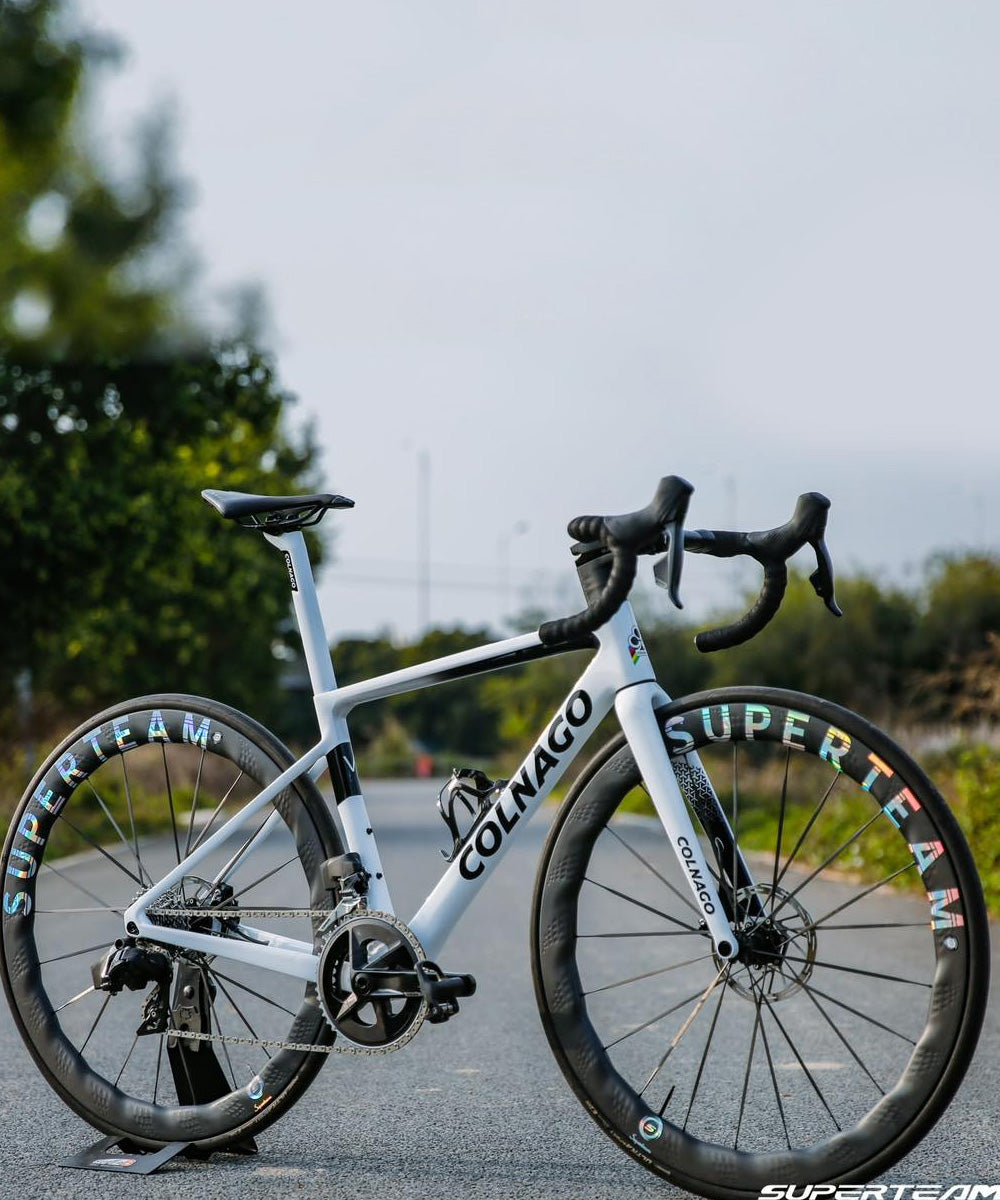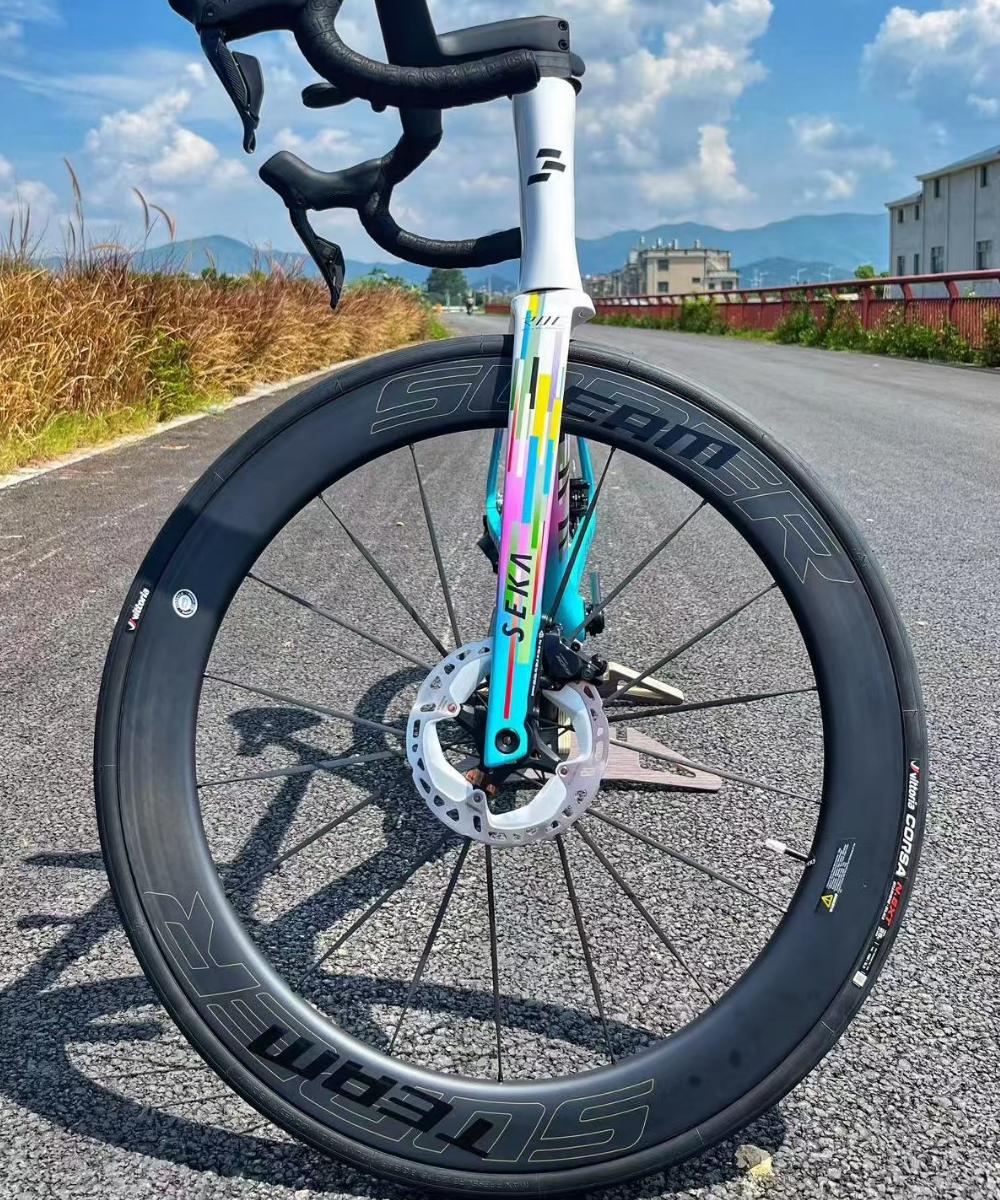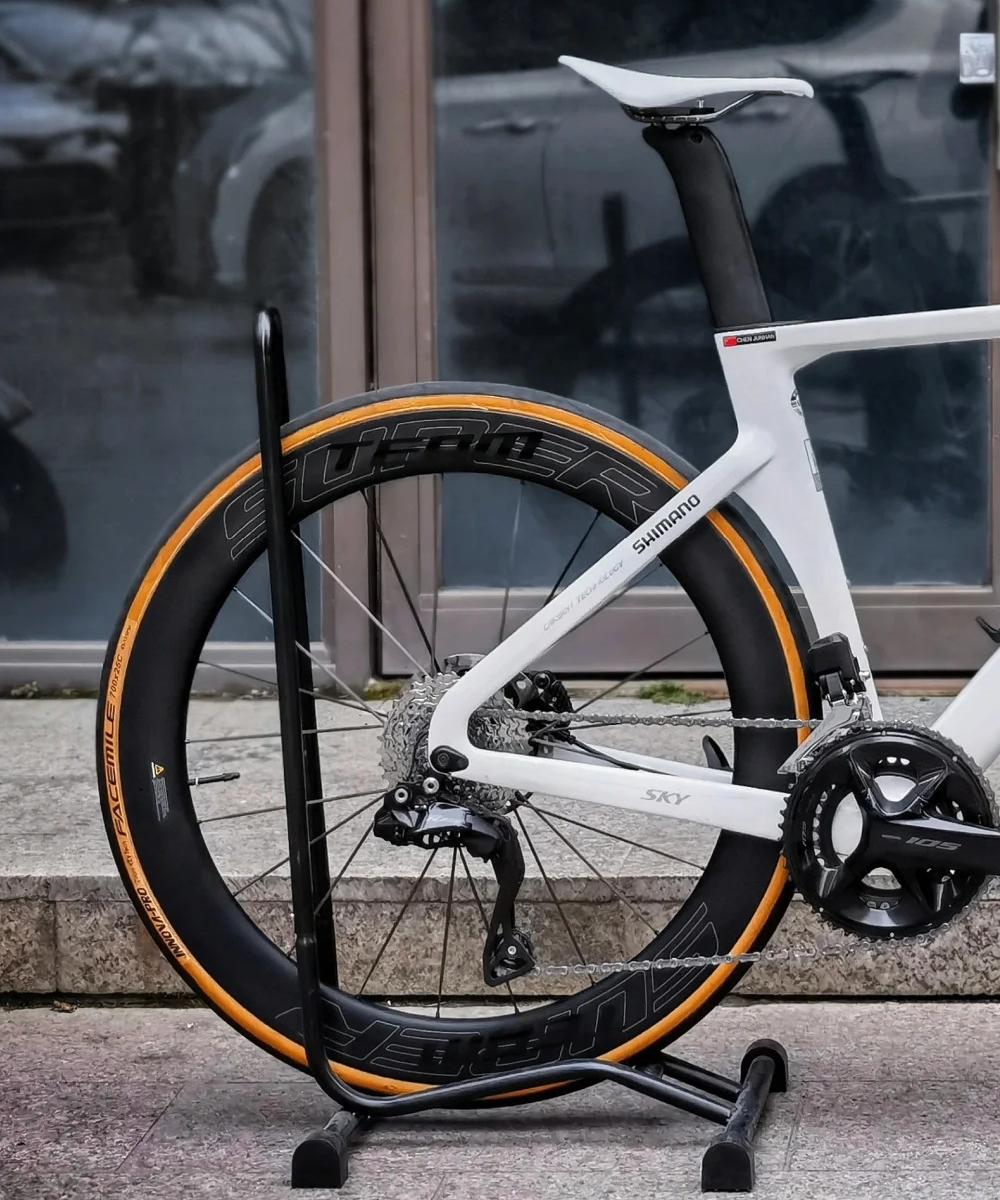The Relationship Between Hub Bearing Quality and Wheel Longevity
When it comes to the durability and overall performance of a wheelset, few components are as critical yet as overlooked as the hub bearings. Acting as the interface between the wheel and the frame, bearings directly influence rolling smoothness, efficiency, and long-term reliability. The quality of hub bearings can make the difference between years of trouble-free riding and frequent maintenance headaches.
The Role of Bearings in Wheel Function
Bearings allow the wheel to spin freely around the axle with minimal friction. In cycling, this efficiency is essential not only for speed but also for reducing wear on other components. High-quality bearings distribute loads more evenly, withstand contamination better, and maintain consistent performance under varying conditions.
Material and Manufacturing Precision
The two most common bearing types in bicycle hubs are steel and ceramic.
High-grade steel bearings are durable, relatively affordable, and resistant to impact loads.
Ceramic bearings, when manufactured to tight tolerances, reduce rolling resistance and resist corrosion, but their benefits are most pronounced under race conditions.
Equally important is manufacturing precision. Poorly machined or inconsistent bearing surfaces can lead to uneven load distribution, accelerated wear, and decreased wheel lifespan.
Protection Against Contaminants
Bearings are highly vulnerable to dirt, water, and debris. Sealing quality plays a huge role in longevity. A hub with well-designed seals keeps contaminants out, reducing the need for frequent servicing. Conversely, poor seals allow grit to penetrate, which can quickly degrade performance and lead to pitting and failure.
Impact on Wheel Longevity
A wheelset is only as durable as its weakest link. Bearings that wear prematurely can cause side effects such as:
Increased drag, reduces efficiency.
Misalignment, placing extra stress on the hub shell and axle.
Play in the wheel, which can compromise handling and even damage the frame or dropouts over time.
High-quality bearings, properly maintained, can extend the effective life of the wheelset significantly, sometimes outlasting the rim or spokes themselves.
Maintenance Matters
Even the best bearings require attention. Regular inspection, cleaning, and lubrication—or replacing sealed cartridge bearings when worn—can preserve performance and extend wheel longevity. Riders in wet or muddy climates should be especially diligent, as harsh conditions accelerate bearing wear.
Conclusion
Hub bearing quality is not a detail to overlook. For riders seeking long-term reliability and consistent performance, investing in hubs with precision bearings and proper sealing is one of the smartest choices. While rim depth, spoke count, and materials often take the spotlight, the humble hub bearing remains a cornerstone of wheel longevity.




